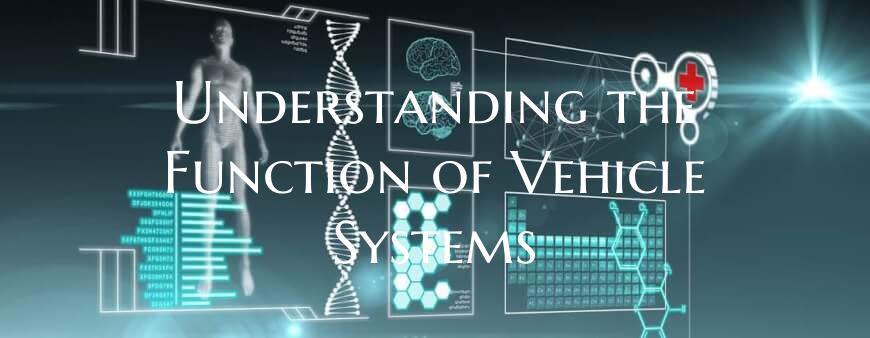Understanding the Function of Vehicle Systems
When you turn the key in your car and it roars to life, there's a symphony of systems at work under the hood to make that happen. Vehicles are complex machines comprised of various interdependent systems that work together to ensure your car runs smoothly and safely. Understanding how these systems function is key to maintaining your vehicle and handling issues that may arise.
1. Engine System: The heart of the vehicle, the engine is responsible for generating power to move the car. It burns fuel to create energy, which is transferred to the wheels. The engine is composed of various components such as cylinders, pistons, spark plugs, and the fuel system.
2. Fuel System: The fuel system is responsible for storing and delivering fuel to the engine. It includes the fuel tank, fuel pump, fuel lines, and fuel injectors. A properly functioning fuel system ensures the engine receives the right amount of fuel for combustion.
3. Electrical System: The electrical system powers various components of the vehicle, such as the lights, radio, dashboard, and ignition system. It includes the battery, alternator, and various wiring. A failing electrical system can lead to starting issues or malfunctioning components.
4. Cooling System: The cooling system prevents the engine from overheating by circulating coolant through the engine block. It includes the radiator, water pump, thermostat, and hoses. Proper maintenance of the cooling system is essential to prevent engine damage.
5. Braking System: The braking system allows you to slow down and stop your vehicle safely. It includes components such as brake pads, rotors, calipers, and brake fluid. Regular inspections and maintenance are crucial to ensure optimal braking performance.
6. Transmission System: The transmission system transfers power from the engine to the wheels, allowing the vehicle to change speed and direction. It includes the gearbox, clutch (in manual transmissions), and transmission fluid. Understanding how to operate and maintain the transmission can prolong its lifespan.
7. Suspension System: The suspension system enhances ride comfort and handling by absorbing shocks from the road surface. It includes components like shocks, struts, control arms, and springs. Proper suspension maintenance can improve vehicle stability and handling.
By gaining a basic understanding of how these vehicle systems work together, drivers can better appreciate the importance of regular maintenance and prompt repairs. Keeping these systems in good condition not only ensures a smooth driving experience but also contributes to overall safety on the road. Remember, a well-maintained vehicle is a reliable and efficient mode of transportation.

